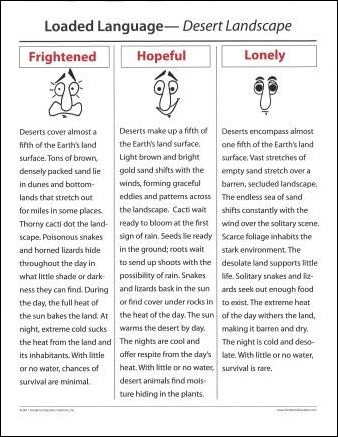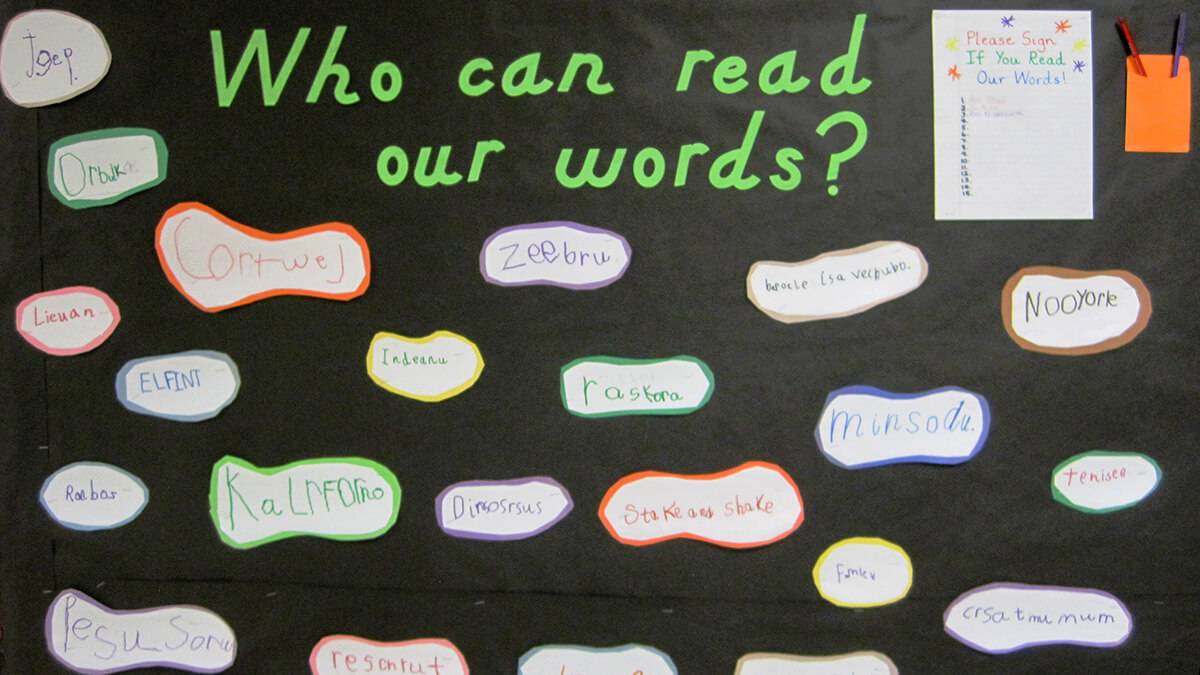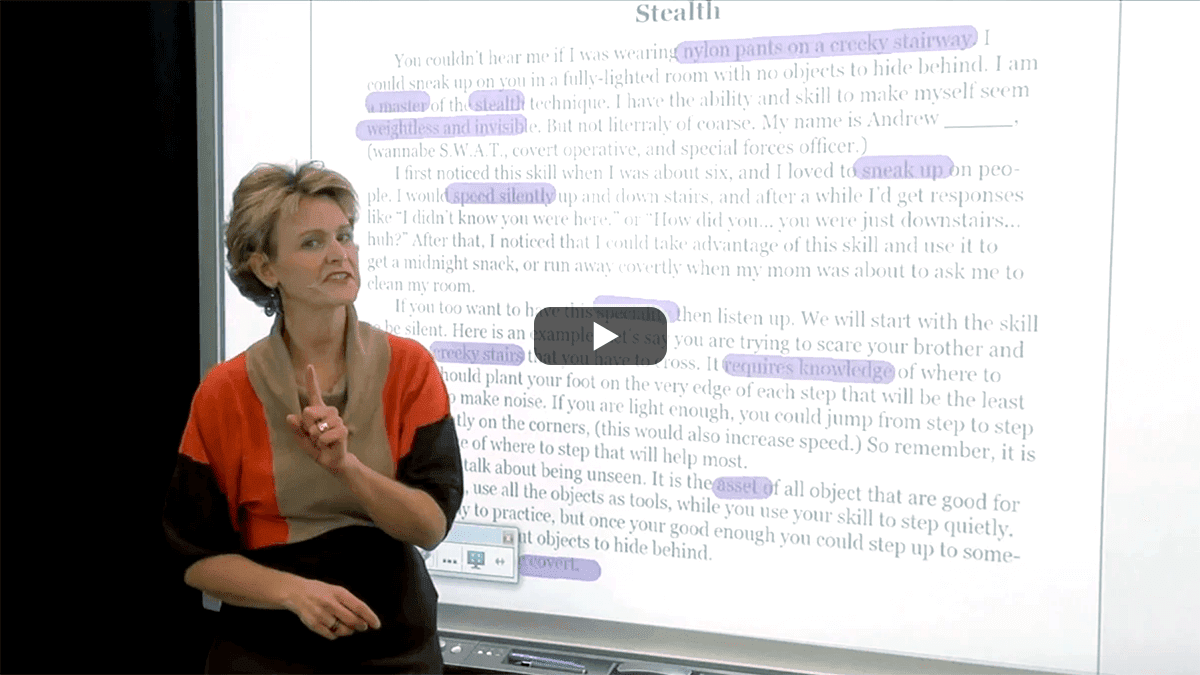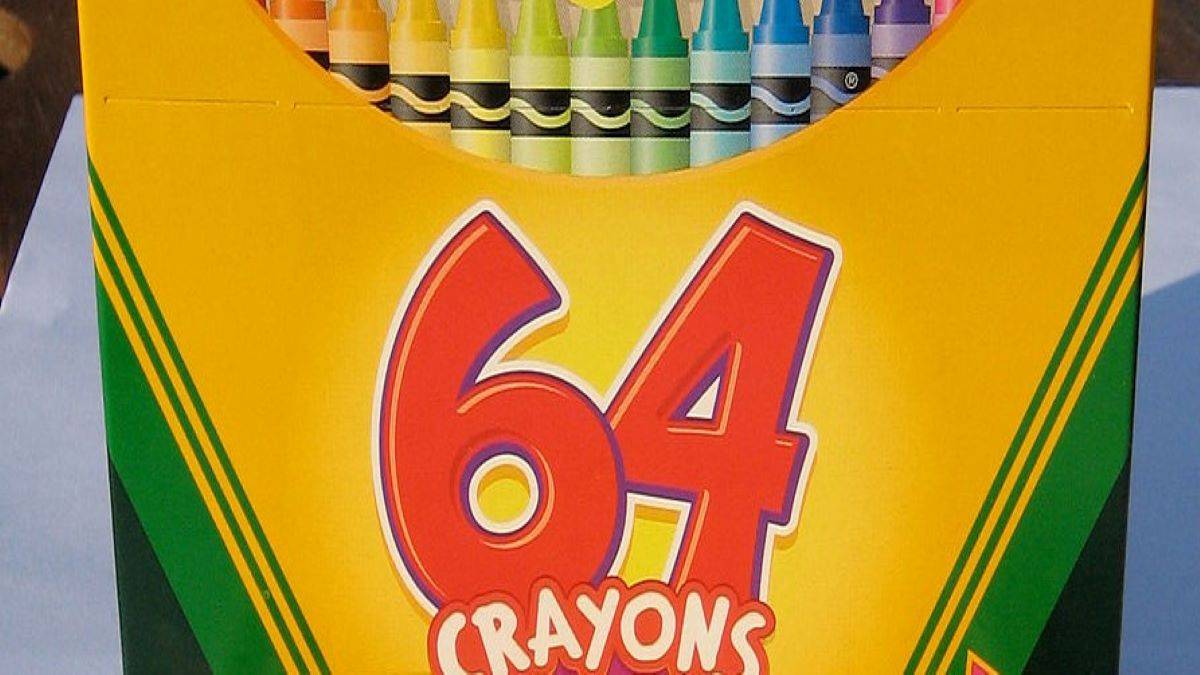writing
Convey tone with word connotations

Writers hold the power to determine how ideas are heard. An author shades words and phrases to illustrate to the reader what’s inside the heart of the message.
As readers…
At the middle and high school level, we need to teach students to do more than simply read to glean an author’s ideas. We need to teach them to read closely, to study the word choice, and to interpret the author’s feelings behind the ideas. To do this, students need to scrutinize three things:
- The details included within the text.
- The words chosen to describe those details.
- The details intentionally omitted from the text.
A perfect example of this is evident within the essay, “Dumpster Diving.” For most, the thought of climbing into trash bins and digging for food scraps is abhorring. This lifestyle would be embarrassing and one to keep hidden from others. And yet, Lars Eighner, a former homeless man himself, writes, “I learned to scavenge gradually, on my own. Since then, I have initiated several companions into the trade.” He positively portrays dumpster diving as requiring education using words like learned and trade. He cultivates a sense of belonging with words like companions and initiated.
These words and phrases are referred to as loaded words. They are words loaded with more than just a literal meaning. They are loaded with feeling and attitude, too. Words have unique connotations based on the context and on the emotional response the author intended. Words can subliminally relate mood, perspective, and point of view as an author chooses what details to highlight. Reading closely is more than just extracting main ideas and key details from a text. It’s about noticing the word choice that indicates an author’s perspective on the topic.
However, authors don’t reveal everything about a subject. They intentionally select only the details that perpetuate the intended message, and they omit those that counteract it. Authors attempt to manipulate the reader’s feelings. As readers, students also need to be taught how to analyze the details the author did not include within text.
As writers…
Students need to experience this power of word connotation and detail choice. Study the Beach and Desert Loaded Language examples anchor papers. Discuss not only the variations of word choice among the three parallel examples, but also the details that are included and excluded from each. It becomes clear how the writer can manipulate the reader’s feelings when writing about the same scene.
Challenge your students to repeat this activity. Have them identify a setting or situation and write about it with three different moods. To do this successfully, students should first list the details that will be common in all three drafts and consider the different word choice (connotation words) that will help perpetuate the intended feelings. Then, students should consider which additional details to include and which details to exclude within each writing.
As students learn how to utilize word connotation in their writing to achieve a certain mood, their ability to understand how authors use the same techniques will increase.






